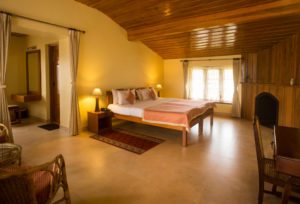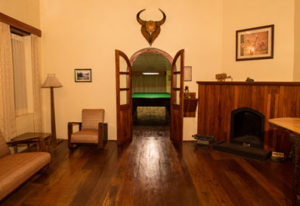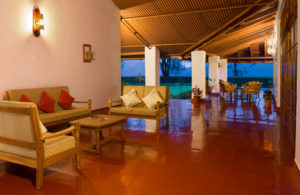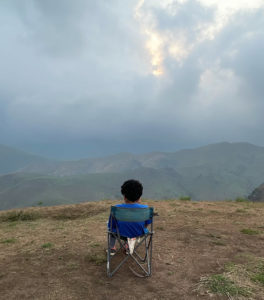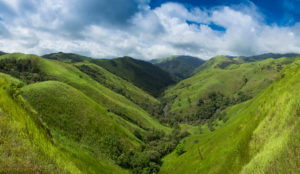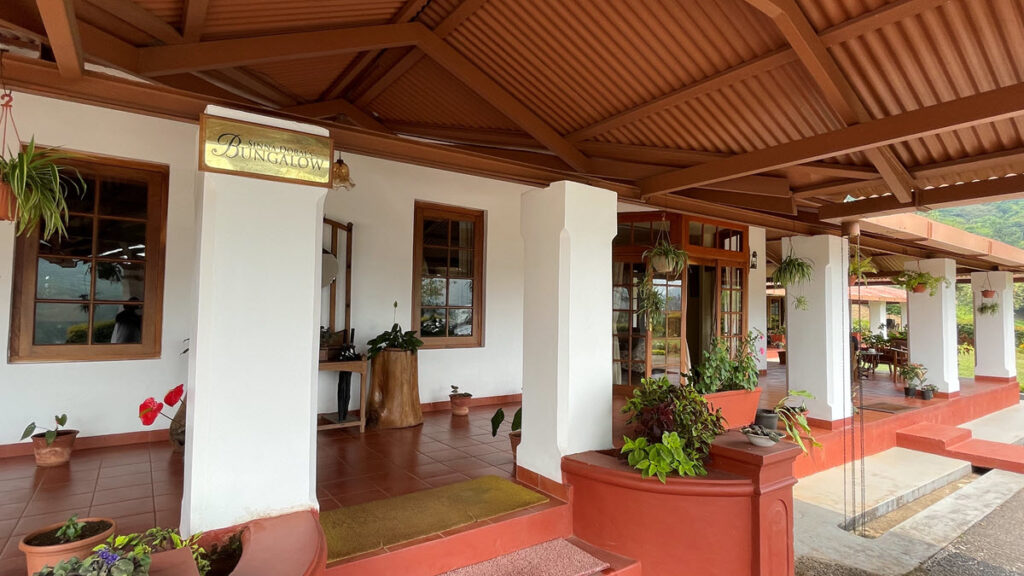
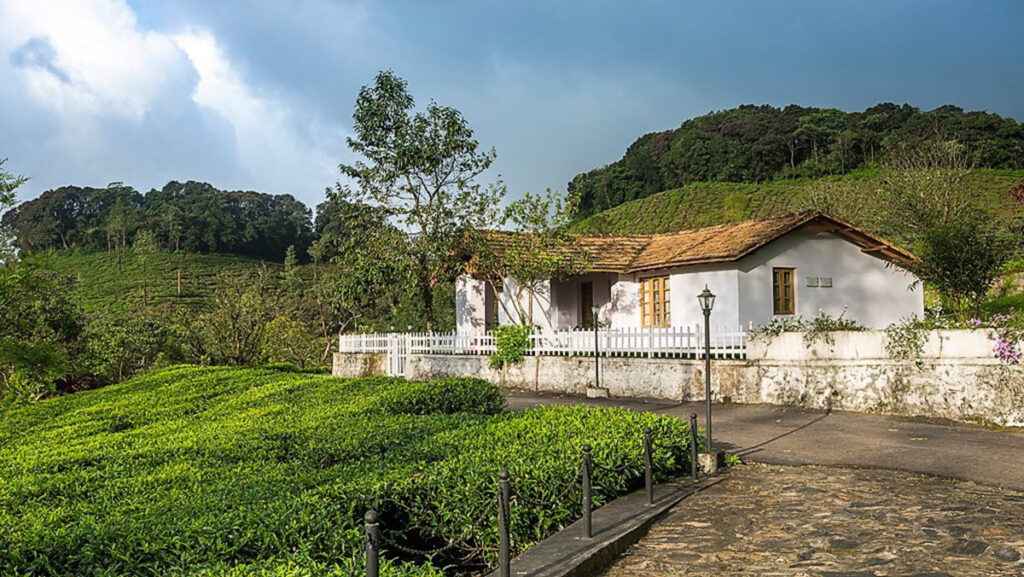
A Stay at Scenic Kadamane Tea Estate
By Aravinda Anantharaman
If you drive 250 kilometers west of Bangalore, you reach Sakleshpur, where the coffee country begins. And sitting here amongst the coffee estates is a tea garden called Kadamane. And that itself seemed reason enough to visit. I spent a weekend there recently, and it’s one of the nicest breaks I’ve had. I booked a room at the Sinna Dorai’s Bungalow. So Sinna Dorai is how assistant managers were addressed. Sinna translates to small, literally, or assistant, to be more precise. Venky Muthiah, whose family has owned Kadamane for years, decided to convert the assistant manager’s bungalows and open them out to tourists. He’s done this with estates they own in the Nilgiris (Valparai and Gudalur).
Kadamane was planted nearly a century ago; its bungalows are old and very charming and very well preserved. The interiors have been done very tastefully. The rooms are modern and comfortable but don’t lose that old-world charm. And I think that’s a fine balance they’ve managed to maintain. There were three Sinna Dorais, so the bungalow itself was large. These really wide verandas go all around, and these are great spaces to lounge in because the views are fantastic. I learned that the Sinna Dorais needed to keep an eye on everything that was going on, whether the gates, the tea sections themselves, or the factories, so the bungalows were strategically located, and you get a 360-degree view of what was going on around you. There’s also a tennis court, probably something assistant managers enjoyed.
There’s also a pool table, which I don’t think is from the time of the Sinna Dorais. I enjoyed a small library with its old Planter’s Chronicles collection and discovering a story that rivals the Jungle Book. It’s called the Bear Girl of Kadamane, and it features a Sinna Dorai named Angus Hutton, man-eating tigers, and a lost child. And, of course, bears.
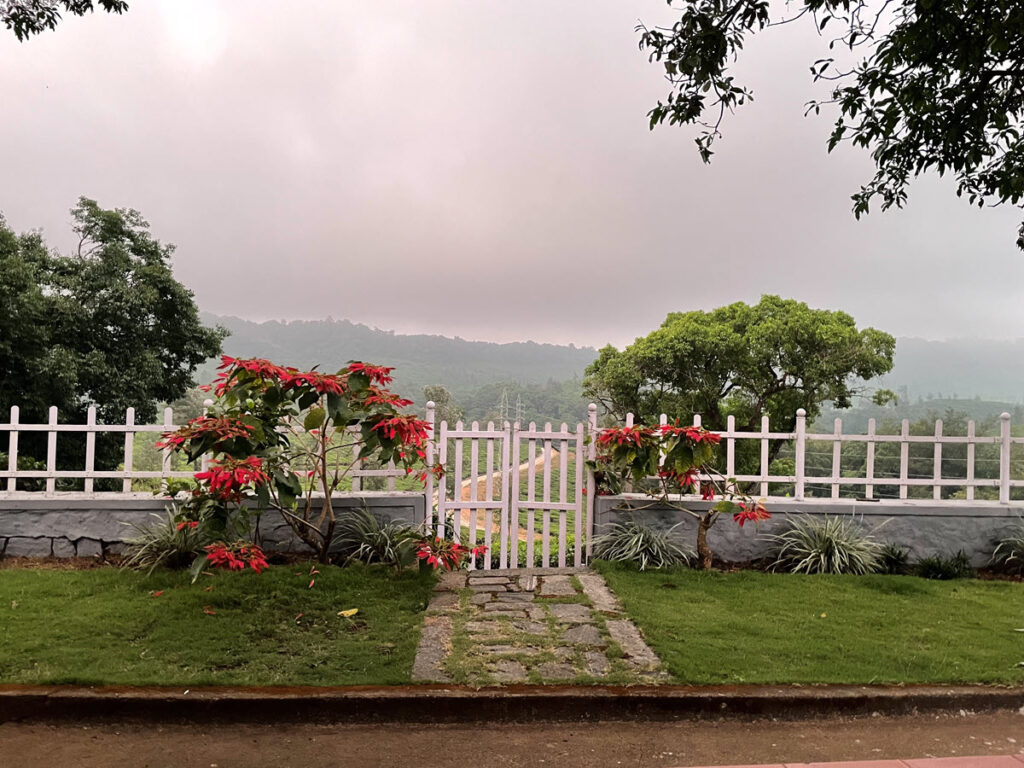
“It’s a way of life that’s no longer relevant today because the world of tea is changing. But there is an incredibly rich and fascinating history that is worth recording and preserving.” – Aravinda Anantharaman
It must be said that the British had a sense of adventure, whether facing man-eating tigers or the prospect of creating a large-scale plantation. Standing here, I imagine them arriving at these forested hillsides so far from their home, plotting roads, earmarking sections to cultivate tea, and building a little world. As I look at the vast expanse and the twisting roads, I try to imagine what an assistant manager would have seen or imagined possible. Sure, it’s a way of life that’s no longer relevant today because the world of tea is changing. But there is an incredibly rich and fascinating history that is worth recording and preserving.
The room I booked was not one of the planters’ rooms but a cottage just a little away from the main building. And this used to be a post office before. It is slightly larger, a little private, and enjoyable. Kadamane spans 7,500 acres, but only 1,000 have been planted with tea. So you see slopes of tea but also generous stretches of the sholas. In the silence – I don’t know much about birds, but you can hear bird songs. I could recognize the jungle fowl. I recognized the incessant hammering of the woodpecker. I also listened to, oddly, the peacock. Once, we heard a noise, which we later learned was barking deer. We came out quickly and caught a glimpse of it, but then the lorry tramped down the road and sent the deer scurrying into the bushes.
I also liked that there’s no restaurant, but there’s a kitchen and a dining room, and you go there at mealtimes, just like the Sinna Dorais used to, to eat hearty meals made with delicious local produce. The idea of Sinna Dorais bungalow is to come here and do nothing, but they also have a few activities. We did a couple of them: one was tea time on the hill. So there’s a Jeep in which we drove up to this hill on the property, but it has amazing views. Piping hot tea had been packed. Crispy hot bajjis had been packed. There were a few deck chairs. So we just sat down, spent a little time, and enjoyed it… it was Tea Time with a View. But that other activity was my favorite because you took the 4×4 and drove into the forest on the property. There was a small clearing. We spent an hour enjoying a stream flowing nearby, surrounded by forest, watching a couple of Malabar giant squirrels gamboling on the tree. And it’s an experience I’ve never had before. And sitting there surrounded by forest, the name Kadamane, which translates to ‘forest home,’ seems so apt.
The rest of the weekend went into reading a fat murder mystery I was carrying. Wi-Fi and mobile signals are iffy, so you get a digital detox. And because Kadamane is a working estate, we decided to walk down and take a peek at the tea factory. There was a large chimney puffing out smoke. Just like Willy Wonka’s factory, my son said. Inside, on large troughs, the day’s plucking was withering gently, and yesterday’s leaves were making their way into the CTC machines and then being sorted by grades. You get this aroma of fresh tea that you never get anywhere else but in the factory.
Sinna Dorai’s bungalow is a great example of tea tourism done right because it’s indulgent without being excessive. It’s luxurious yet accessible and affordable. And just, quite simply, a great getaway. The only thing I wish guests would do more is to ask about the tea because, for tea, this would have been a missed experience.
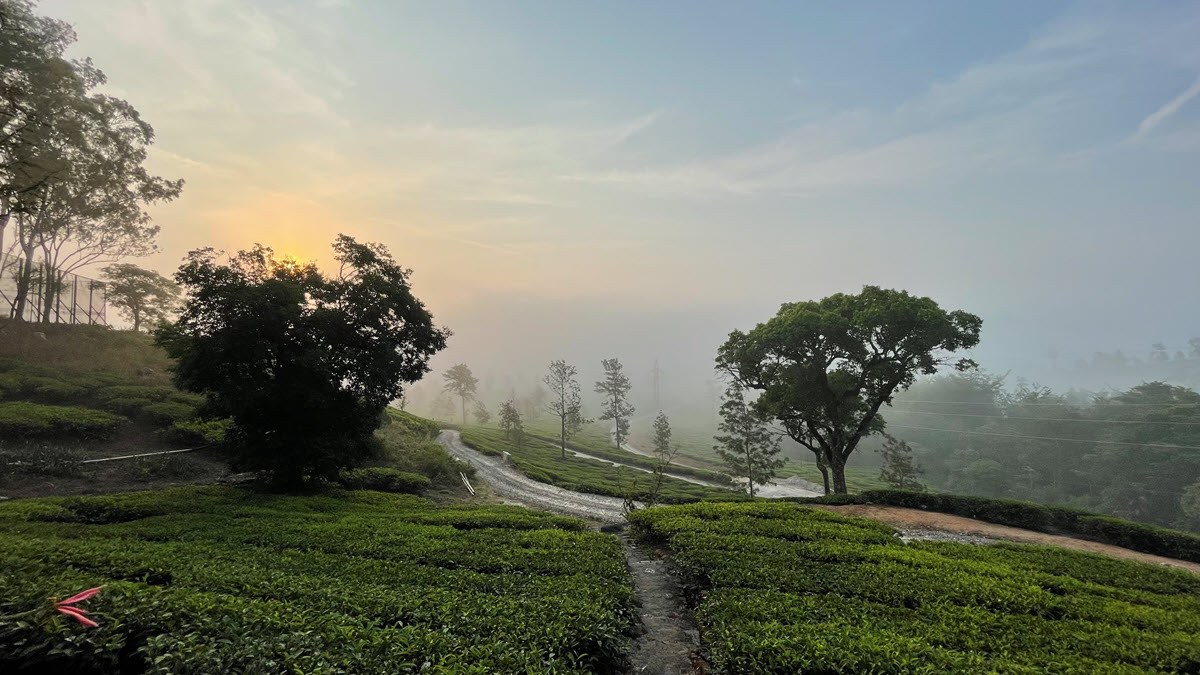
Related
-
- Authentic and Sustainable Tea Tourism by Anesce Dremen
-
- Tourism Handbook Elevates Immersive Travel by Roopak Goswami
-
- Details: Book a stay at Sinna Dorais Bungalows
Tea Market
Get More Value from Your Tea: BRU Maker One
+41794574278
Jacque's Organics
(647) 804-7263
